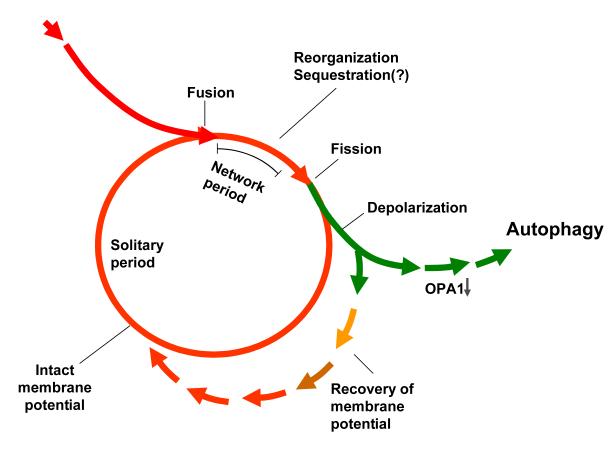Figure 1. A Schematic model of the mitochondrion’s life cycle and the roles of mitochondrial dynamics and autophagy in the segregation of dysfunctional mitochondria.
The mitochondrion cyclically shifts between a post fusion state (Network) and a post fission state (Solitary). Fusion is brief and triggers fission. Following a fission event, the daughter mitochondrion may either maintain intact membrane potential (red line), or depolarize (green line). If it depolarizes, it is unlikely to re-engage in further fusion events for the entire depolarization interval. In the case mitochondrial depolarization is transient and Δψm resumes, fusion capacity is restored (green to red short arrows). However, if Δψm depolarization is sustained, reduction in OPA1 follows and elimination by autophagy occurs.

